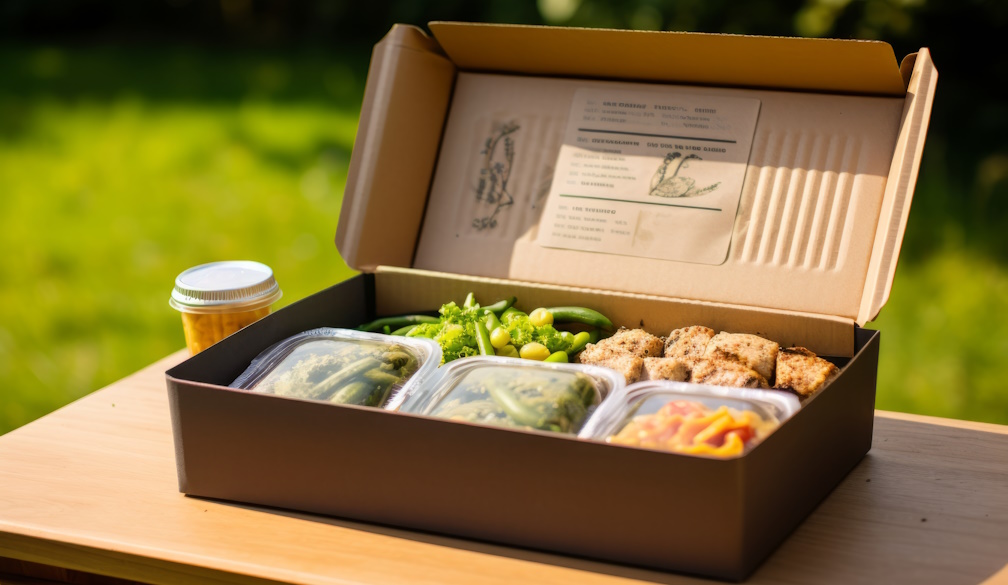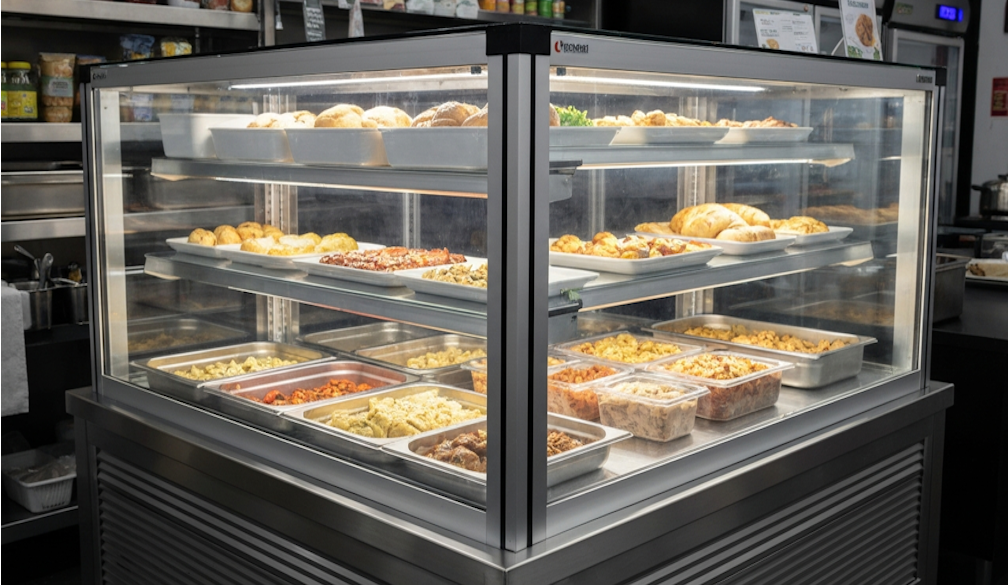Australia's latest military commitment should spark assessment of how well we use our defence forces
- Written by John Blaxland, Professor, Strategic and Defence Studies Centre, Australian National University
Just when we thought Australia was getting serious about shifting priorities away from the Middle East to its own neighbourhood, the prime minister has announced another Middle East step up. Australia has committed a warship, surveillance aircraft and defence personnel to help keep the Strait of Hormuz open for shipping.
Read more: Infographic: what is the conflict between the US and Iran about and how is Australia now involved?
So what is going on?
As it happens, the commitment to the Middle East is essentially a rebadging of a routine commitment of Australian Defence Force (ADF) assets. Australia has about 2,250 military personnel deployed on operations. These include:
- Operations Accordion and Manitou in the Middle East (740 people)
- Operation Aslan in support of UN peacekeeping in Sudan (25)
- Operation Mazurka established in Egypt after the signing of the Egypt-Israel peace accord (27)
- Operation Okra in support of counter-ISIL operations in and around Iraq (450)
- Operation Paladin, with small contingents on rotation for over 70 years with the UN Truce Supervision Organisation in Israel/Lebanon (12)
- Operation Augury, providing training and related support for the armed forces in the Philippines after the siege of Marawi in Mindanao (100)
- Operation Resolute, involving border protection-related tasks (600).
Australia has a defence force of about 60,000 full-time uniformed personnel and 25,000 in the reserves. So this commitment of about 2,250 personnel is sustainable, for now, as long as security challenges closer to home don’t rapidly escalate.
This also means the operational tempo of border protection or any of the other ongoing operations is not expected to decrease as a result of this commitment. Some of these elements, notably Operation Manitou, will perform more than one role.
Operation Manitou is the Royal Australian Navy commitment of one warship to the Combined Maritime Forces (with 32 participant nations) that operate in and around the Persian Gulf. Australian warships have been doing this on rotation for the best part of 30 years.
Similarly, the Royal Australian Air Force P8 Poseidon surveillance aircraft have been operating intermittently out of the Persian Gulf for years. The extra defence planning personnel announced likely will be drawn from a pool already assigned to support Australian operations, notably attached to US military headquarters semi-permanently based in and around the Gulf.
So why make all the fuss with the announcement?
It appears pressure from the United States as well as Britain has convinced the government of the importance of making a contribution.
To be fair, it is not a token contribution. The warship and P8 are capable platforms that have made a tangible difference in the past in countering piracy, smuggling and related security concerns in the Persian Gulf. And, as the prime minister reminded us, the Gulf is the source of much of Australia’s oil.
So, while not a token contribution in one sense, it is not a significantly onerous addition to what Australia has been contributing there for a long time.
However, in international diplomacy, words matter, and small contributions can have significant effects. No doubt, Australian policymakers were mindful of making a contribution that would satisfy the US after declining Secretary of State Mike Pompeo’s suggestion to base intermediate-range and potentially nuclear-armed ballistic missiles in Australia.
While Australia can sustain this new commitment without a significant surge, there is growing recognition that committing forces to operations in the Middle East detracts from the ability of the ADF to focus on high-priority areas closer to home.
The 2016 Defence White Paper referred to three strategic defence interests. These are: a secure and resilient Australia; a secure nearer region (including the Pacific and Southeast Asia) and a stable Indo-Pacific region; and a rules-based global order.
But China’s increasing illiberalism and regional assertiveness across Southeast Asia and into the South Pacific have generated considerable unease over spreading ourselves too thinly.
Read more: As Australia's soft power in the Pacific fades, China's voice gets louder
Consequently, a consensus is growing among security and defence experts that we need to double down on our investment in defence and security capabilities.
Reports along similar lines have been published recently by the United States Studies Centre and my own Strategic and Defence Studies Centre, among others.
My colleague Brendan Taylor warns of the volatility of the four flashpoints in Asia: the Korean Peninsula, the East China Sea, Taiwan and the South China Sea. That was before the Hong Kong protests and the news of militarised ports in Cambodia.
Another colleague, Hugh White, has called for spending up to 3.5% of GDP on defence to boost the air and naval forces.
Senator Jim Molan has argued for a fresh national security strategy.
My own geostrategic SWOT analysis for Australia points to the need for a more holistic consideration of issues related to looming environmental catastrophe (affecting biodiversity and societal sustainability), a spectrum of governance challenges (such as cyberterrorism and organised crime) and great power contestation.
That paper calls for, among other things, a national institute for net assessment to weigh up how best to respond.
In essence, the prime minister has deftly handled the call for a commitment in solidarity with the United States. But the Strait of Hormuz issue is only one of many looming security challenges. Its emergence at the top of the news pile points to the need for a significant and far-reaching re-examination of our defence and security posture and priorities.
John Blaxland has been commissioned to write a two-volume history of the Australian Signals Directorate
Authors: John Blaxland, Professor, Strategic and Defence Studies Centre, Australian National University





















